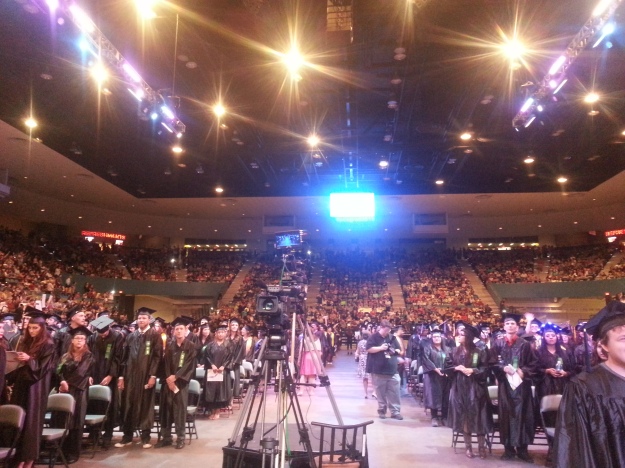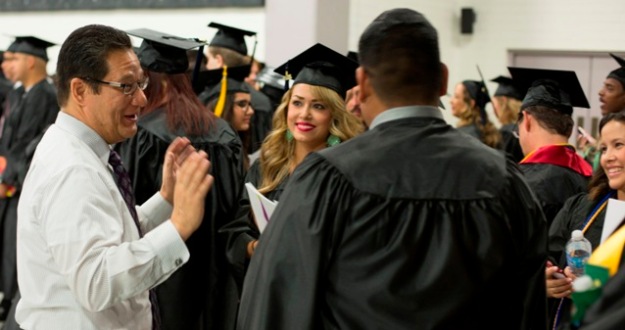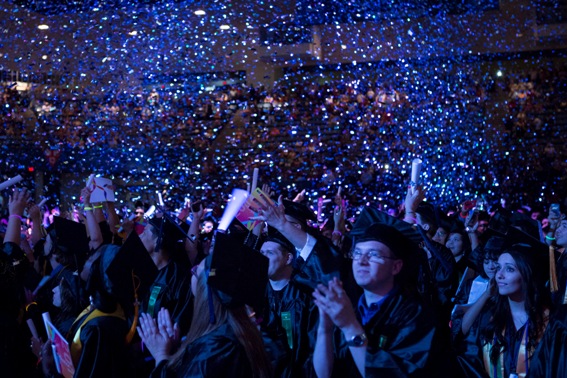Increasingly, any discussion of higher education quickly focuses on the state of Hispanic higher ed. Hispanics’ rapid attainment of educational goals is altering the trajectory of the conversation. The high school dropout rate among Hispanics continues to fall, Hispanic enrollment in college has increased for three straight years and, for the first time, a greater share of Hispanic recent high school graduates are enrolled in college than whites, according to a 2013 U.S. Census Bureau report.
It was against this backdrop that earlier this week I joined Dr. H.T. Sanchez, superintendent of the Tucson Unified School District, and Kasey Urquidez, Associate Vice President of The University of Arizona, in an illuminating panel discussion (covered by local media) about the demographic, technological and institutional trends faced by our three institutions regarding Hispanic education. More than 100 educators, business owners and members of the community attended the event, ably hosted by the Tucson Hispanic Chamber of Commerce. We all reported improvements successes in enrollment and retention, acknowledged the ongoing substantial challenge of improving graduation rates, and recognized the need to adapt our systems to new cultural realities.
Clearly, one of the keys is better synchronization of our institutions for our students’ benefit. PCC’s Upward Bound and Talent Search programs, designed to plant the seed of college-going in low-income high school students in historically underserved populations, can be expanded. PCC and area school districts are working to conduct earlier assessments in high schools to spot academic areas in which students can improve. We want to leverage dual enrollment opportunities, so that high school students can graduate with college credits that give them a head start on a career or a college degree. Sharing of facilities also is a possibility. And PCC needs to align its curriculum and student-support resources with UA to smooth the pathways to a bachelor’s degree.
For PCC, the challenge is to ingrain the successful strategies of individual programs into our institution as a whole. We need to build upon the lessons learned from such programs as Adelante, which improved retention among Hispanic males, and in our student-centered math emporiums, which combine technology and tutoring to a allow students to rapidly proceed through schoolwork.
Rapid technological change is driving all of our institutions to provide education that readies students for the jobs of the future, two-thirds of which will require postsecondary training. That point was driven home to me on a recent cab ride. The cab driver pointed out the cameras, computers and other high-tech devices in his vehicle, then informed me he had to receive special classroom training in their proper use. When cabbies are going back to school to stay up-to-date in their field, it speaks volumes about the need for workforce training if the U.S. is to remain competitive economically.
H.T., Kasey and I all touched on the importance of government to provide investment that keeps our state competitive. Tucson and Arizona will need an educated workforce if it is to compete in the 21st century. Decision-makers need to recognize that public education is a public good. I should note that the state’s allocation in the Fiscal Year 2015 budget of $600,000 to PCC for STEM funding is a modest but welcome step in the right direction.
Individually, education helps people advance into good-paying jobs and careers. Collectively, it fuels an economic engine that leads to greater prosperity and stability for us all. Everyone wins.
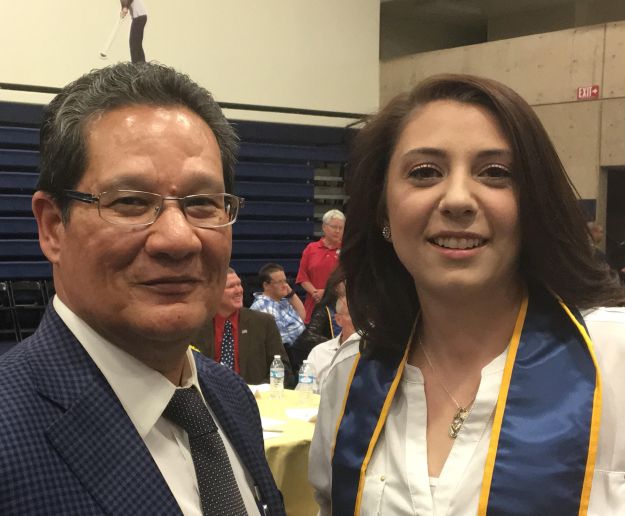





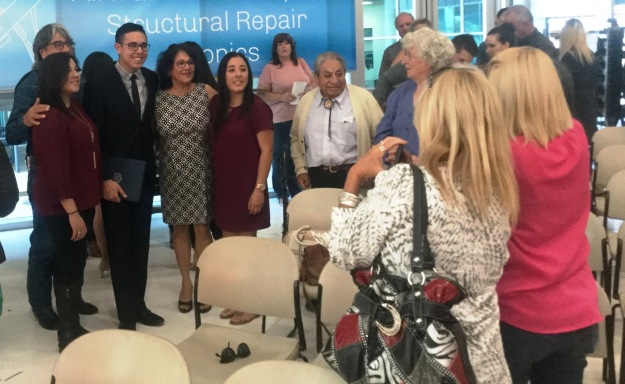
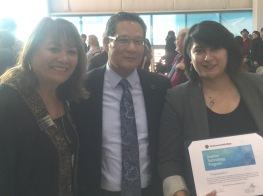
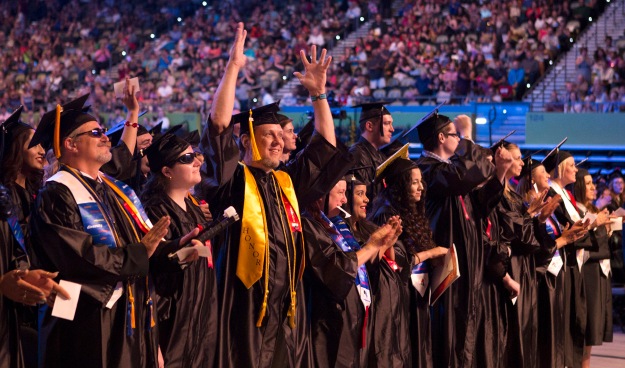 On May 12, we celebrated the achievements of our students in Adult Basic Education for College & Career (ABECC) at a High School Equivalency Diploma graduation. The celebration had to be moved to a bigger venue because of the large number of graduates, a sure sign that ABECC is doing it right in fostering student success.
On May 12, we celebrated the achievements of our students in Adult Basic Education for College & Career (ABECC) at a High School Equivalency Diploma graduation. The celebration had to be moved to a bigger venue because of the large number of graduates, a sure sign that ABECC is doing it right in fostering student success.